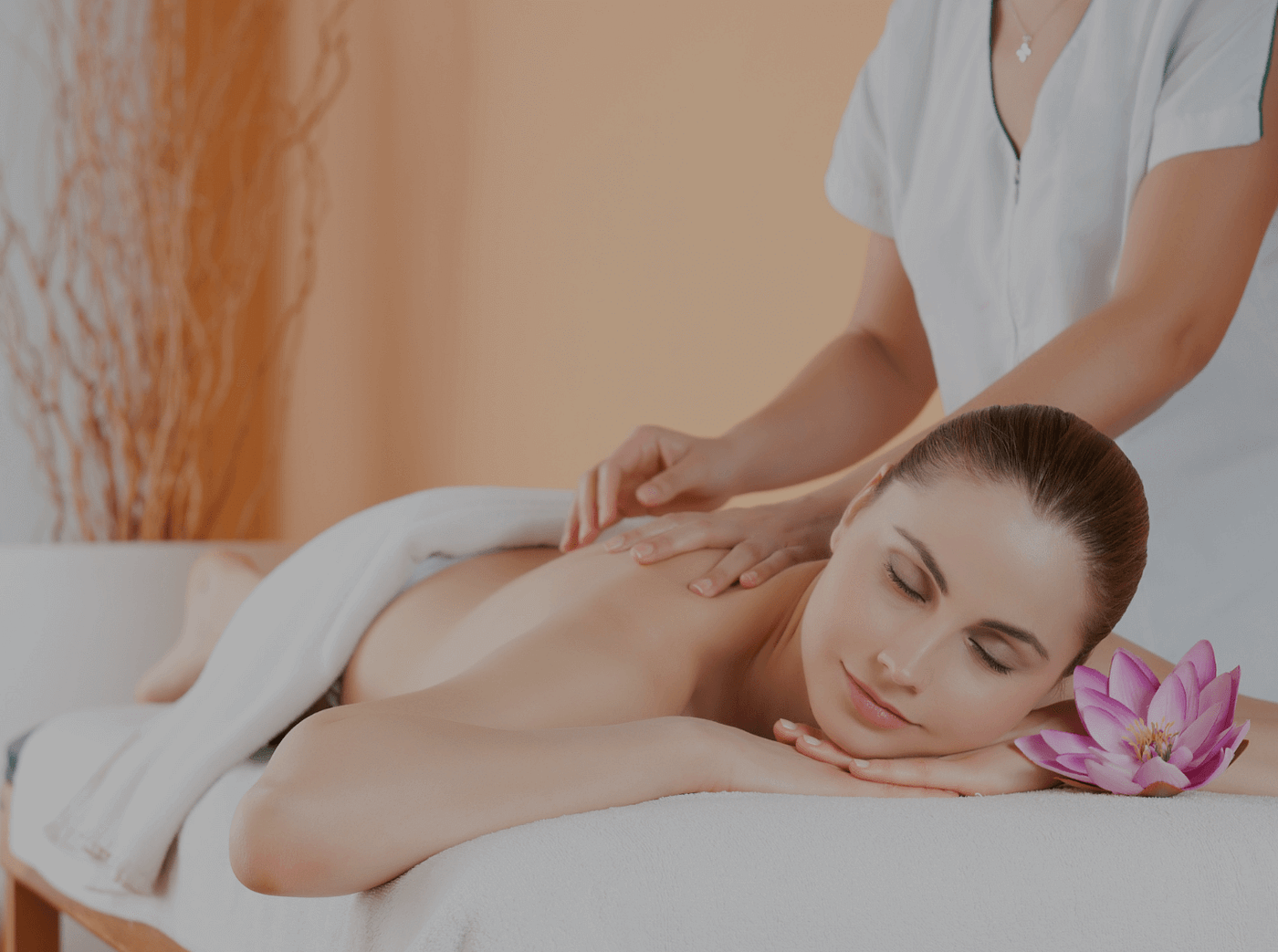
Reflexology, an ancient healing technique that goes back thousands of years, has gotten substantial popularity in current decades as a corresponding treatment for promoting overall wellness and wellness. This all natural approach to health is based on the concept that particular factors on the ears, feet, and hands represent different body organs and systems within the body. By applying stress to these factors, specialists aim to recover and minimize various ailments equilibrium to the body.
Reflexology foot graph revealing stress factors, watercolor design The origins of reflexology can be traced back to old human beings, including Egypt and China. As a matter of fact, hieroglyphics discovered in the tomb of an Egyptian medical professional named Ankhmahor, going back to 2330 BC, portray what shows up to be a reflexology treatment. In conventional Chinese medicine, the concept of qi (life pressure power) moving through meridians in the body shares resemblances with the principles of reflexology.
Modern reflexology, as we recognize it today, was developed in the very early 20th century by Dr. JKリフレどっとこむ , an American ear, nose, and throat expert. He introduced the principle of “zone treatment,” which splits the body right into 10 vertical zones. This work was additional fine-tuned by Eunice Ingham, typically described as the “mother of modern reflexology,” that mapped out the reflexology factors on the feet that match to different organs and body parts.
The core belief in reflexology is that by applying pressure to particular factors, professionals can stimulate the body’s all-natural recovery procedures. As an example, applying pressure to a point on the foot that corresponds to the liver is thought to promote and improve liver feature. While clinical evidence sustaining these insurance claims is limited, lots of people report experiencing gain from reflexology therapies.
A few of the prospective advantages of reflexology consist of:
Anxiety reduction and relaxation Improved circulation Pain alleviation Enhanced sleep quality Boosted immune system function Improved digestion Increased power levels During a regular reflexology session, the specialist will begin by examining the feet, hands, or ears for any problems or tender areas. They will then utilize numerous techniques, consisting of thumb and finger hook, walking and backup, and rotation on toes, to use stress to certain reflex points. The stress applied can vary from gentle to firm, relying on the person’s requirements and sensitivity.
It’s important to note that while reflexology can be a valuable corresponding treatment, it must not be utilized as an alternative for traditional medical treatment. Constantly speak with a medical care professional before starting any kind of brand-new therapy, particularly if you have existing health and wellness conditions or are expecting.
As passion in alternative and holistic therapies proceeds to expand, reflexology has discovered its location in day spas, health centers, and also some medical care centers. Many individuals incorporate normal reflexology sessions right into their self-care routines, discovering it to be a relaxing and renewing experience.
Whether you’re looking for alleviation from a specific condition or just seeking to boost your overall wellness, reflexology offers a gentle, non-invasive method to wellness and healing. By checking out the detailed connections in between response factors and the body’s systems, this ancient practice proceeds to intrigue and advantage individuals all over the world, bridging the void between traditional knowledge and contemporary health approaches.
Reflexology foot graph revealing stress points, watercolor design The origins of reflexology can be traced back to old human beings, including Egypt and China. In conventional Chinese medicine, the principle of qi (life force power) flowing through meridians in the body shares similarities with the concepts of reflexology.
This job was additional improved by Eunice Ingham, often referred to as the “mother of modern reflexology,” who mapped out the reflexology points on the feet that correspond to different body organs and body parts.
The core belief in reflexology is that by using pressure to specific points, professionals can promote the body’s all-natural healing procedures.
Top Reflexology Tips to Improve Sleep Quality
Categories: